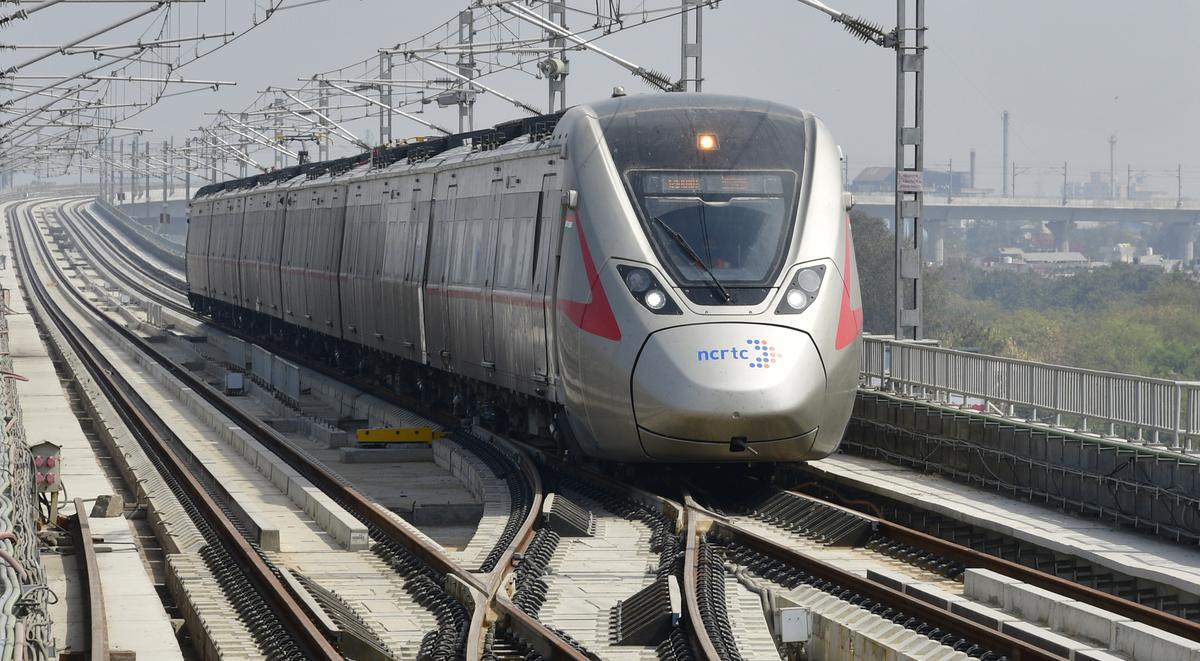- Courses
- GS Full Course 1 Year
- GS Full Course 2 Year
- GS Full Course 3 Year
- GS Full Course Till Selection
- Online Program
- GS Recorded Course
- NCERT (Recorded 500+ Hours)
- Polity Recorded Course
- Geography Recorded Course
- Economy Recorded Course
- AMAC Recorded Course
- Modern India, Post Independence & World History
- Environment Recoded Course
- Governance Recoded Course
- Science & Tech. Recoded Course
- International Relations and Internal Security Recorded Course
- Disaster Management Module Course
- Ethics Recoded Course
- Essay Recoded Course
- Current Affairs Recoded Course
- CSAT
- 5 LAYERED ARJUNA Mentorship
- Public Administration Optional
- ABOUT US
- OUR TOPPERS
- TEST SERIES
- FREE STUDY MATERIAL
- VIDEOS
- CONTACT US
Rights of Scheme Based Workers
Rights of Scheme Based Workers
What Happened?
- Scheme-Based Workers (SBWs) like Anganwadi Worker (AWW), Anganwadi Helper (AWH), ASHA (Accredited Social Health Activist), and Mid-Day Meal Worker struggle for recognition as formal workers.
- Despite playing a vital role in delivering government welfare schemes, they continue to face denial of basic labour rights such as minimum wages, job security, and social security benefits.
- Important Points in the News:
- The Indian government depends on a huge workforce to run its social welfare schemes.
- These include workers like Anganwadi workers (AWWs), Anganwadi helpers (AWHs), ASHAs (Accredited Social Health Activists), and Mid-Day Meal Workers.
- There are around 60 million people working in such roles.
- These workers play a crucial role in implementation of the several government schemes like Integrated Child Development Services (ICDS), National Rural Health Mission (NHRM) and Mid-Day Meal Scheme etc.
- These workers perform essential tasks like Helping pregnant women and young children stay healthy, Improving nutrition, Helping children attend school regularly.
Difference between AWW, AWH, ASHA and Mid-Day Meal Worker:
|
Aspect |
Anganwadi Worker (AWW) |
Anganwadi Helper (AWH) |
ASHA (Accredited Social Health Activist) |
Mid-Day Meal Worker |
|
Affiliated Scheme |
Integrated Child Development Services (ICDS) |
ICDS |
National Rural Health Mission (NRHM) |
Mid-Day Meal Scheme |
|
Primary Role |
Runs Anganwadi Centre, provides preschool education, nutrition, and health services |
Assists AWW in daily Anganwadi Centre tasks |
Acts as a community health mobilizer; links community with healthcare services |
Prepares and distributes cooked mid-day meals in schools |
|
Key Responsibilities |
Growth monitoring- Health referrals- Preschool learning- Record-keeping |
Cooking- Cleaning- Assisting AWW- Bringing children to AWC |
Promotes institutional deliveries- Immunization- Family planning- Nutrition awareness |
Cooking meals- Serving children- Ensuring hygiene |
|
Honorarium |
Rs. 9678/- per month to Rs. 11,220/- per month |
Rs. 4839/- per month to Rs. 5610/- per month. |
Rs. 3000/- per month to Rs. 9000/- per month.
|
₹1,000 to ₹2,000/month (varies by state) |
|
Employment Status |
Not formal government employee |
Not formal government employee |
Not formal government employee |
Not formal government employee |
|
Social Security Benefits |
Limited; some get gratuity (as per SC ruling) |
Very limited |
Very limited; no pension or insurance |
Very limited |
|
Work Environment |
Anganwadi Centre |
Anganwadi Centre |
Field-based (household visits, community meetings) |
Primary/Middle schools |
|
Year Introduced |
1975 |
1975 (as part of ICDS) |
2005 (under NRHM) |
1995 (MDM made a national scheme) |
What is the Opinion of Trade Unions?
- Trade unions have taken their issues to the Indian Labour Conference (ILC).
- It is a meeting between workers, employers, and the government.
- In the 45th ILC, all members agreed that Scheme-based workers should be called “workers”, not volunteers.
- They should be given minimum wages, pension, insurance, and provident fund.
What did the Courts Say?
- In 2006, the Supreme Court said Anganwadi workers are not government employees because they don’t hold official posts.
- In 2022, the Supreme Court said Anganwadi workers are eligible for gratuity (a retirement benefit).
- In 2024, the Gujarat High Court said these workers do very important work. It asked the central and state governments to pay them minimum wages and work on making them regular employees.
What is the Government’s Stand?
- The government says giving full benefits to these workers will be too costly, especially as the number of workers will grow in the future.
What are the Challenges Associated with Scheme Based Workers?
- No official worker status: They are not legally recognised as government employees, so they miss out on many rights.
- Low and irregular pay: They are often paid very little, and sometimes their payments are delayed.
- Lack of job security: Their jobs are not permanent, so they can be removed anytime without much protection.
- No social security benefits: They do not get benefits like pension, provident fund, or health insurance.
- Ignored by policy makers: Governments delay decisions or avoid making strong policies to support these workers.
- No fixed system for wage hikes: There is no clear rule on when or how their wages will be increased.
- Risk of privatisation: Some schemes like ICDS are slowly being handed over to private players, risking employment and benefits.
- Physical and emotional stress: They work long hours doing important jobs like childcare and health services, but do not get the respect or support they deserve.
Way forward
- Give them official worker status: The government should recognise them as formal workers, not just volunteers, so they get equal rights and dignity.
- Ensure fair and regular wages: A fixed, minimum wage should be set for all SBWs, and payments must be made on time.
- Provide job security: Their jobs should be made permanent with clear terms and protection from sudden removal.
- Extend social security benefits: SBWs should get benefits like pension, health insurance, maternity leave, and provident fund just like other government employees.
- Create a national policy for SBWs: A clear and common national policy should be made to ensure uniform treatment of SBWs across all states.
- Include SBWs in labour laws: Existing labour laws should be extended to include SBWs, or new special laws should be made for them.
- Protect public welfare schemes from privatisation: Government should not hand over schemes like ICDS to private players, to ensure job safety and service quality.
- Set up grievance redressal systems: Easy and fast complaint resolution systems should be made to help workers when they face problems.
Integrated Child Development Scheme (ICDS)About:
ICDS consists of 4 different components:
Objectives:
Beneficiary:
Mid Day Meal SchemeAbout:
Benefits of the Scheme
National Rural Health Mission (NRHM)About:
Objective:
|



